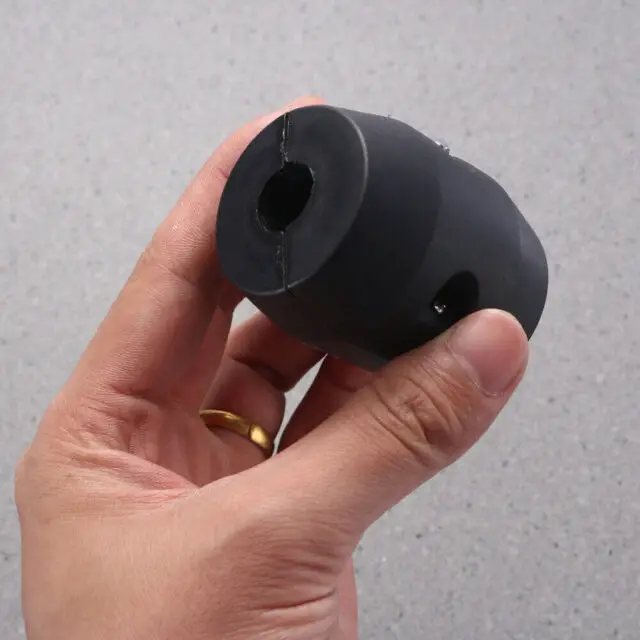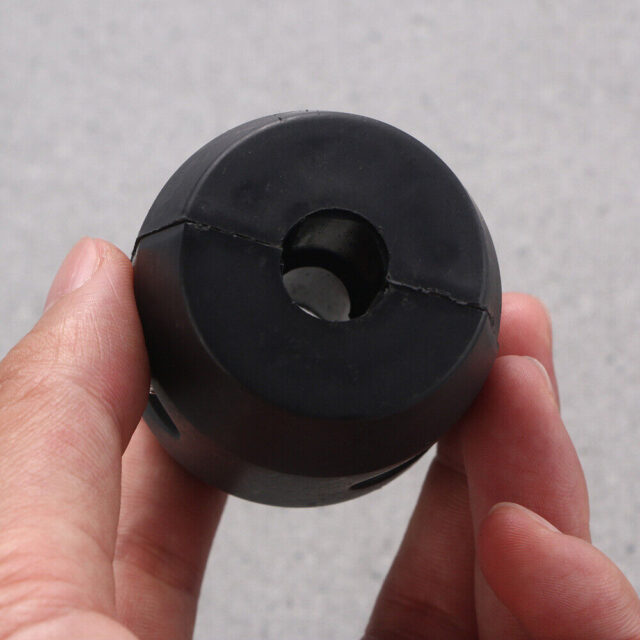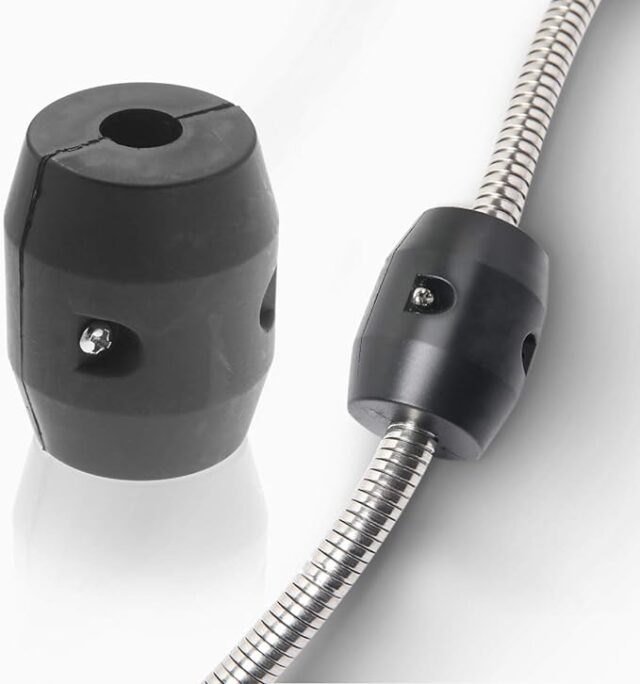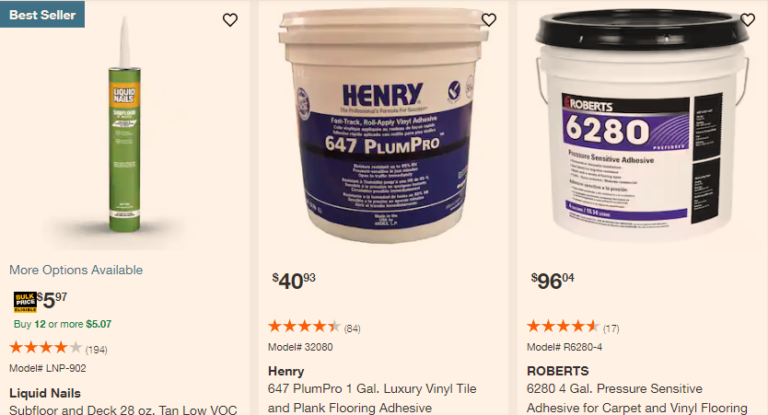Sink Hose Weight Troubleshooting: Common Problems and Solutions
sink hose weights. These unassuming little devices play a crucial role in keeping our kitchen faucets functioning smoothly. Whether you’re a seasoned home improvement enthusiast or a curious homeowner, understanding sink hose weights can enhance your plumbing knowledge. So, without further ado, let’s explore the ins and outs of these inconspicuous yet essential components.
Sink Hose Weight: What Is It?

A sink hose weight is a small, often cylindrical object that attaches to the pull-out hose of your kitchen faucet. Its purpose? To provide the necessary counterbalance for the hose. When you extend the hose to reach different areas of the sink, the weight ensures that the hose retracts smoothly and stays in place when not in use.
Why Do We Need Sink Hose Weights?

- Smooth Retraction: Imagine pulling out your faucet’s hose to rinse dishes or fill a pot, only to have it spring back awkwardly when you release it. Sink hose weights prevent this by adding just the right amount of tension to keep the hose in check.
- Preventing Tangles: Without a weight, the hose might tangle or get caught on other items under the sink. The weight ensures that the hose glides back effortlessly, avoiding any frustrating snags.
- Maintaining Aesthetics: Nobody wants a sagging, tangled hose ruining the sleek appearance of their kitchen. Sink hose weights contribute to a neat sink area.
Types of Sink Hose Weights

- Moen and CFG Hose Weights:
- These weights vary by color, installation method, and size.
- To identify the correct weight for your faucet, consider the following factors:
- Installation Year: Was your faucet installed before or after 2001?
- Product Type: Is it a top-handle faucet, a pull-out sprayer faucet, or a filtration system?
- Color: Some weights are gray, while others are black.
- Component Number: Look for a number on the weight (not necessarily a model or part number).
- Length: Measure the weight to determine its size.
- Examples include the 143270 (1.9″ long, snap closure) and the 142722 (2.0″ long, snap closure) weights.
- Universal Replacement Weights:
- If you need a replacement weight, options are available.
- These weights typically weigh around 420 grams (approximately 14–15 mm inner hole diameter).
- DIY Solutions:
- Sometimes, a creative fix works wonders. For instance, attaching an old padlock next to the existing weight can add extra heft to the hose.
Where can I find sink hose weights?
- Online Retailers:
- Websites like Amazon offer a variety of sink hose weights.
- You’ll find options for different faucet types, sizes, and colors.
- Prices vary based on the product.
- Local Hardware Stores:
- Visit your nearest hardware store or plumbing supply shop.
- Bring your old weight along for reference.
How do I install a sink hose weight?
Installing a sink hose weight is a straightforward process. Let’s walk through the steps:
- Locate the weight.
- First, identify the hose’s weight. It’s usually a small, cylindrical object attached to the pull-out hose of your kitchen faucet.
- Clear the area.
- Remove any items stored under the sink to create a clear workspace.
- Lay down an old towel to protect the shelf from water damage in case of leaks.
- Separate the weight:
- If the weight comes in two pieces (like an egg shape), separate them.
- Place the two pieces around the spray hose and loosely tighten them together.
- Adjust the weight position.
- Find the correct location to install the weight.
- Slide it along the hose until it’s positioned where you want it.
- Ensure that it provides the necessary counterbalance for the hose when extended and retracts smoothly when released.
- Tighten the screw.
- If your weight has a screw, tighten it securely so that the weight doesn’t move during use.
- Use a screwdriver to ensure it’s fully tightened.
- Test the retractions:
- Pull out the hose and let it retract. The weight should help it return smoothly to its original position.
Common Problems With Sink Hoses
Sink hoses, while essential for our daily tasks, can encounter a few common issues. Let’s explore them and discuss potential solutions:
- Low water pressure:
- When you notice low water pressure at the sink faucet, check if it affects both hot and cold water.
- The most likely cause is a clogged aerator. Calcium deposits accumulate over time, reducing water pressure.
- To fix this, carefully remove the aerator, clean up any debris, and reattach it.
- Slow-Draining Sink:
- A sink that drains slowly often results from a clogged pop-up used to stop the sink.
- Use a handy plumbing tool like the Zip-it to clear out hair and debris from the drain.
- Alternatively, unscrew the nut holding the pop-up in place, clean it, and reinstall it.
- Slow-Draining Tub:
- Tub drains can also get clogged with hair, slowing down water flow.
- Use the Zip-it tool or needle-nose pliers to clear the debris.
- Regularly clean the tub drain to prevent complete blockage.
- Running Toilet:
- A running toilet is a common annoyance.
- Identify which part of the toilet is causing the issue (e.g., fill valve, flapper, or flush valve).
- Replace or repair the faulty component to stop the running water.
- Jammed Garbage Disposal:
- While not directly related to sink hoses, jammed garbage disposals are a common plumbing problem.
- Follow proper procedures to unjam it and restore functionality
Recommend Plumbing Tips
Plumbing is an essential aspect of home maintenance, and a few simple tips can save you time, money, and headaches. Here are some valuable plumbing tips to keep in mind:
- Know the location of shut-off valves:
- Before moving into a new home, familiarize yourself with the main shut-off valve and drain location. In some cases, the shut-off valve may be outside the house.
- Be aware of sewer line access points for periodic cleanouts. Note that apartments and condos might not have dedicated shut-off valves.
- Don’t puncture pipes.
- When drilling holes or pounding nails into walls, floors, or ceilings, check if there are any supply or drainage pipes behind the work area.
- Use an inexpensive stud finder or invest in an endoscopic camera to locate pipes behind walls.
- Be Mindful of What’s Flushable:
- Use your toilet only for toilet paper. Flushing anything else can lead to nasty clogs.
- Even “flushable” baby wipes can cause issues, so avoid flushing them.
- Avoid Putting Garbage Down the Drain:
- Never dump coffee grounds, food debris, bacon grease, vegetable peelings, or starchy foods (like rice or potatoes) down the kitchen drain.
- These items can clog your pipes and cause problems.
- Invest in a High-Quality Plunger:
- A good plunger is essential for clearing clogs in toilets, sinks, and drains.
- When cleaning sink traps, use a plunger to push most of the water out before removing the trap.
- Use a Wet-Dry Vacuum for Small, Hard Objects:
- When dealing with clogs caused by small, hard objects (like toys, toothbrushes, or combs), rely on a wet-dry vacuum.
- It’s more effective at sucking the object out than a plunger, which might push it deeper into the drain.
- Address leaks promptly.
- That steady drip from a fixture wastes water and money. A leaky faucet can waste up to eight gallons of water per day!
- Fix small leaks promptly to prevent bigger issues down the line.
- Never Over-Tighten Fittings:
- When working with fittings and connections, avoid over-tightening.
- Remember: “hand-tight is just right.” Over-tightening can lead to broken bolts and stripped screws
A Simple Table That Summarizes the Key Points About Sink Hose Weights.
Below, you’ll find an organized representation of the information discussed in the blog post:
| Topic | Description |
|---|---|
| What is it? | A small cylindrical object attached to the pull-out hose of a kitchen faucet. |
| Purpose | Provides counterbalance for the hose, ensuring smooth retraction and preventing tangles. |
| Types | Moen and CFG Hose Weights: Vary by color, installation method, and size. Universal Replacement Weights: Approximately 420 grams. DIY Solutions: Creative Fixes. |
| Where to Find Them | Online retailers: Amazon and other websites. Local Hardware Stores: Visit in person. |
| Installation Tips | Locate the weight. Clear the area under the sink. Separate the weight if needed. Adjust its position. Tighten securely. test retraction. |
| Common Problems | low water pressure. slow-draining sink or tub. running toilet. jammed garbage disposal. |
| Maintenance Importance | Ensures hassle-free kitchen tasks and maintains aesthetics. |
Conclusion
Next time you use your kitchen faucet, consider the humble sink hose weight. It quietly ensures that your daily dishwashing and cooking tasks go off without a hitch. So, whether fixing a loose hose or upgrading your faucet, remember that these little weights play a big role in keeping your sink area functional and aesthetically pleasing.
20 Frequently Asked Questions (FAQ) Related to Sink Hose Weights:
What is a sink hose weight, and what does it do?
-
- A sink hose weight is a small cylindrical object attached to the pull-out hose of a kitchen faucet. Its purpose is to provide counterbalance, ensuring smooth hose retraction and preventing tangles.
Why do I need a sink hose weight?
-
- Sink hose weights prevent the hose from springing back awkwardly after use, maintain aesthetics, and prevent tangles.
How do I identify the correct sink hose weight for my faucet?
-
- Consider factors like installation year, faucet type, color, component number, and length.
- Moen and CFG hose weights vary depending on these characteristics.
Where can I find sink hose weights?
-
- Look online (on websites like Amazon) or visit local hardware stores.
How do I install a sink hose weight?
-
- Locate the weight, clear the area under the sink, adjust its position, and tighten it securely.
- Test the hose retraction afterward.
What common problems can occur with sink hoses?
-
- Low water pressure, slow drains, running toilets, and jammed garbage disposals are common issues.
How can I adjust a new faucet weight to prevent it from getting stuck?
-
- Ensure the weight is positioned correctly to avoid hindering hose movement.
Are there any DIY solutions for sink hose weights?
-
- Get creative! Sometimes attaching an old padlock next to the existing weight can add extra heft to the hose.
What’s the approximate length of a sink hose?
-
- Moen and CFG weights vary, but typical lengths are around 1.9 to 2.5 inches.
How do I troubleshoot a slow-draining sink or tub related to the hose?
-
- Use tools like Zip-it to clear debris from the drain.
Can I replace a sink hose weight myself?
-
- Yes! Follow the installation instructions and ensure a secure fit.
What’s the role of a sink hose weight in maintaining aesthetics?
-
- It keeps the hose neatly in place, enhancing the overall appearance of your sink area.
How often should I check my sink hose weight for maintenance?
-
- Regularly inspect it for wear or damage and make adjustments as needed.
Can I use a universal replacement weight for any faucet?
-
- Universal weights are versatile, but always check compatibility with your specific faucet model.
What if my sink hose weight is missing or damaged?
-
- Replace it promptly to avoid hose issues.
Is there a weight adjustment for different water pressures?
-
- No, the weight remains constant; it’s the hose tension that adjusts.
Can I use a sink hose weight for other types of hoses?
-
- Sink hose weights are designed specifically for kitchen faucets, but creative adaptations might work elsewhere.
How do I clean a sink hose?
-
- Remove it and wipe off any debris or buildup.
What if my sink hose weight is too heavy or too light?
-
- Adjust its position or consider a replacement weight.
What’s the impact of a malfunctioning sink hose weight on my daily tasks?
-
- It can lead to frustration, tangles, and inefficient use of your faucet








